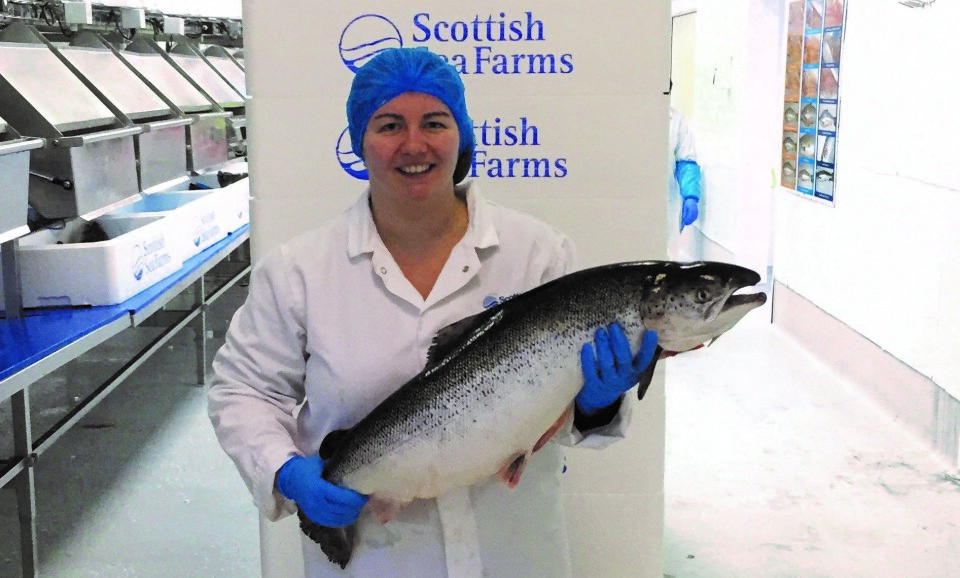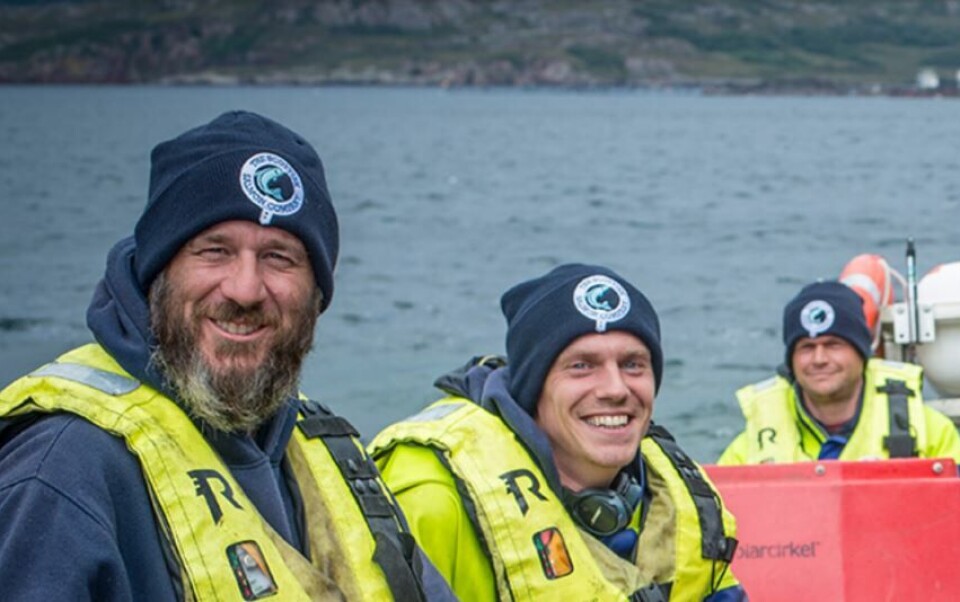
Gender pay gap is not all one-way in salmon farming
The UK Government’s gender pay gap survey has thrown up mixed results for the Scottish salmon farming industry.
Figures from Marine Harvest Scotland and Scottish Sea Farms showed the companies had relatively little difference in the average pay for men and women.
The average woman at MH Scotland is paid 5.1% less than the average man, whereas at Scottish Sea Farms the gender pay gap is reversed, with the average man at the company paid 3% less than the average woman.
That’s the same story at the Scottish Salmon Company, although the difference is more dramatic. The average man at SSC is paid 19% less than the average woman – almost a mirror image of the average pay gap in the UK, which is 18.4% in favour of men.

At Cooke Aquaculture Scotland, the average woman is paid 40.2% less than the average man.
Men hold the vast majority of higher-paid positions at all four companies. Women make up 12% of higher-paid jobs and 16.2% of lower-paid jobs at MH Scotland, 17% of higher-paid jobs and 18% of lower-paid jobs at SSF, 28.2% of higher-paid jobs and 8.5% of lower-paid jobs at SSC, and 13% of higher-paid jobs and 42% of lower-paid jobs at Cooke.
Fish farming remains a male-dominated industry at marine sites, and often has more women than men working in lower-paid processing jobs, which helps explain differences at companies such as Cooke.
The demographic is different for Marine Harvest’s processing plants, which might go some way to explain its relatively small gender pay gap, according to business support manager Steve Bracken.
Women in senior positions
“In the Blar Mhor factory [at Fort William] we have a lot of men there as well, and there are a lot of men working in the factory at Rosyth. It’s not a deliberate plan to do that, it’s just the way it has worked out,” said Bracken.
“The farms are predominantly male, and I think in many of our other departments, for example in our laboratory, in catering, in admin, HR, accounts, we have a high proportion of females to males.”
Bracken said Marine Harvest also had a high proportion of highly-qualified, well-paid women in its health team.
“Overall, it reflects that we have got women in some very senior positions, some very specialised roles, in health, in finance, in general administration, that’s probably the explanation.”
Best candidate for the job
Asked if the company anticipated women taking up more than the current 12% of higher-paid jobs in future, he said: “Our position is that it comes down the best candidate for the job. Who knows, in the future it could well skew the other way (in favour of women).
“What we are looking at is a snapshot and that could well change if we decided we were going to recruit more into our health team - we might end up with more female vets there, for example - or in finance.”
All UK companies with 250 or more employees were required to publish the information by midnight last night, including hundreds of firms based in Scotland.
Analysis by the BBC showed financial giants such as Standard Life, Aberdeen Asset Management and Royal Bank of Scotland had some of the worst gender pay gaps.
Their average median hourly rate for women was 37% lower than for men.






















































